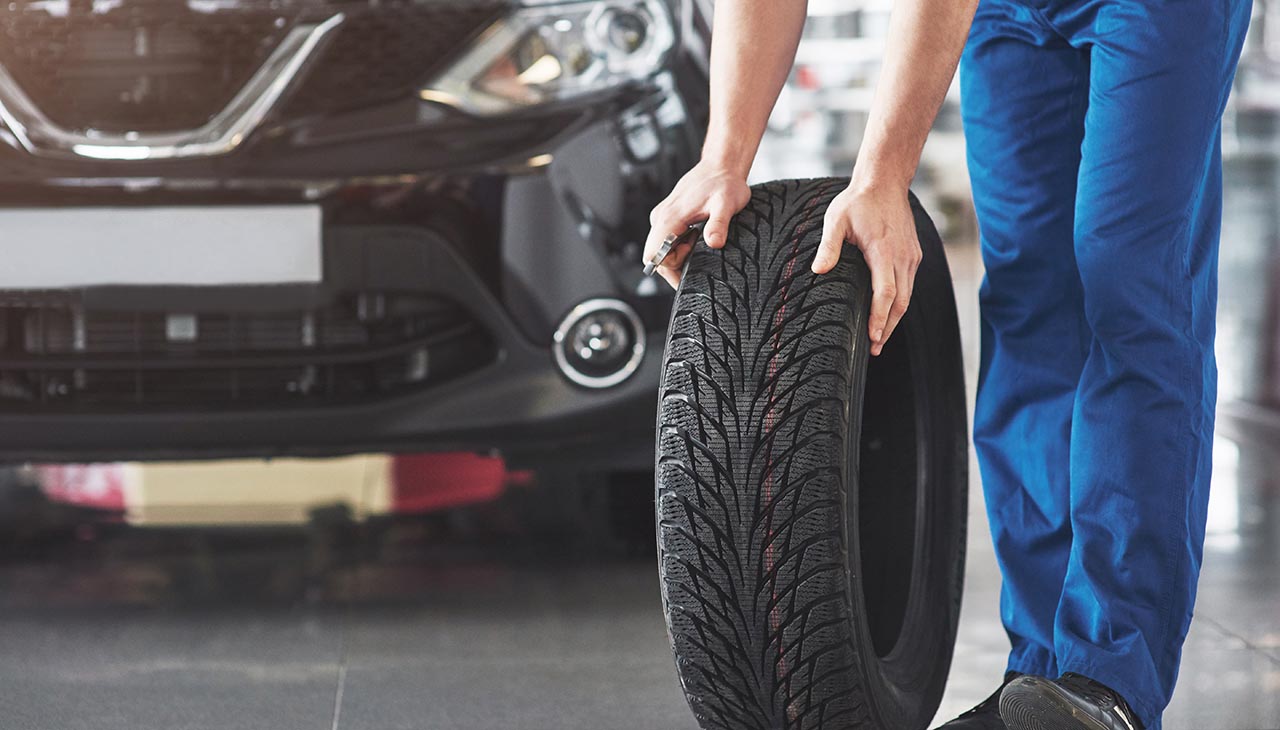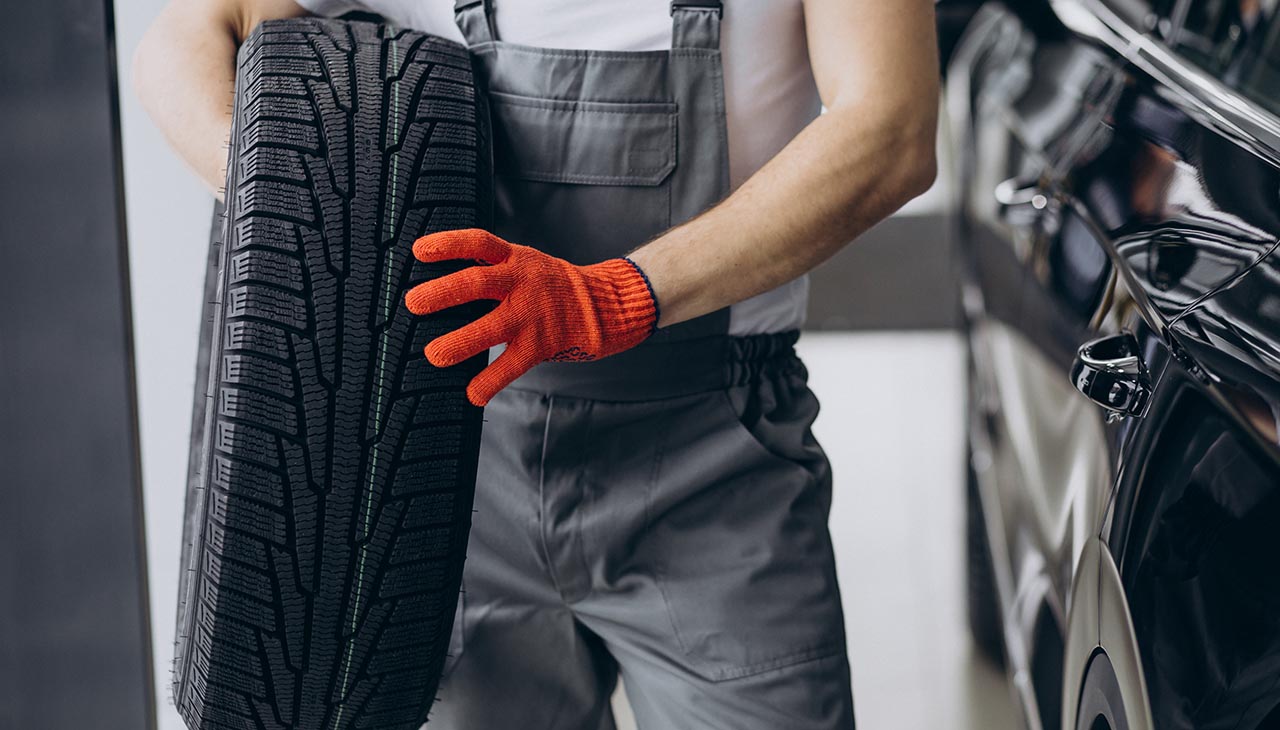Choosing the appropriate tires for your vehicle is crucial for ensuring both safety and optimal performance on the road. The right set of tires can significantly improve your car’s handling, fuel efficiency, and overall driving experience. In the following sections, we will guide you through the various factors to consider when selecting tires, such as tread patterns, tire size, and seasonal considerations, so you can make an informed decision that aligns with your driving habits and the conditions you typically encounter.
Understanding Tire Specifications
Tire Size and Dimensions
It’s essential to understand that tire size and dimensions have a direct impact on vehicle performance and compatibility. Each tire is labeled with a unique code that denotes its size, sidewall aspect ratio, and construction type. For example, a tire marked as `P225/50R16 91V` indicates a passenger vehicle tire (`P`), with a width of 225 millimeters, a sidewall height that is 50% of the tire’s width (`50`), radial construction (`R`), fit for a 16-inch wheel diameter, and a load index of `91` with a speed rating of `V`. Always refer to your vehicle’s owner’s manual or the placard attached to the door edge or glove box for the manufacturer-recommended tire size and dimensions.
Speed and Load Ratings
The speed rating of a tire specifies the maximum speed at which the tire can safely carry a load under specific service conditions. This rating is represented by a single letter, such as ‘V’ in our earlier example, which corresponds to a maximum speed of 149 mph. Load ratings denote the weight each tire can safely support. It’s paramount to choose tires with the appropriate speed and load ratings for your vehicle to ensure safety and maintain vehicle integrity, especially when carrying heavy loads or traveling at higher speeds.
Tread Patterns and Types
Tread patterns on tires are not just a matter of aesthetics; they are engineered to provide specific performance characteristics, like improved traction in wet or off-road conditions or reduced road noise on highways. Common tread patterns include symmetrical, asymmetrical, and directional designs, each suited to particular driving conditions. Furthermore, there are different tire types, such as all-season, winter, and performance tires, each optimized for weather conditions or driving styles. Understanding these variations helps in selecting a tire that will offer the best performance and safety for your driving needs.
Matching Tires to Driving Conditions
All-season vs. Summer vs. Winter Tires
Driving conditions and weather patterns are pivotal in determining the type of tires suitable for your vehicle. All-season tires are designed to be versatile, providing adequate performance in a variety of conditions, from dry pavement to wet roads and light winter weather. They generally have a moderate tread depth and rubber compounds engineered to provide a good balance between grip and longevity across different temperatures.
Summer tires, on the other hand, are constructed with a softer rubber compound which allows for better traction and handling on both dry and wet roads during warmer temperatures. Their tread patterns prioritize water evacuation to prevent hydroplaning and improve road contact.
Winter tires are essential for harsh winter conditions as they are made from a rubber compound that remains flexible in cold weather, providing improved traction on snow and ice. Their tread design features deeper grooves and biting edges that allow for better grip during winter weather conditions.
Considerations for Off-Road or High-Performance Driving
For enthusiasts venturing off the beaten path or seeking an adrenaline boost on the tracks, there are additional considerations when selecting tires. Off-road tires are typically designed with reinforced sidewalls and aggressive tread patterns that optimize traction on rough terrain such as mud, rocks, or sand. They are built to withstand the rigors of unpaved environments and provide stability on uneven surfaces.
High-performance tires, conversely, are constructed to handle the high speeds and intense driving maneuvers of performance and sports cars. They feature specialized tread patterns and compounds that enhance road grip and precision handling on both dry and wet roads. For those applying their vehicles in high-speed or competitive scenarios, these tires ensure a higher level of responsiveness and cornering ability essential for performance driving.
When selecting tires for specific conditions such as off-roading or high-performance driving, always prioritize features that align with the demands of the environment or the vehicle’s capabilities to maintain safety and optimize driving experience.
Safety Considerations
Traction and Handling
Traction is the tire’s ability to grip the road surface, which directly affects a vehicle’s handling characteristics. Good traction ensures that the car responds accurately to steering inputs, making it easier to maintain control during cornering, acceleration, and braking. Different tires are designed with specific tread compounds and patterns that enhance traction on either dry or wet roads and, in some cases, on snowy or icy surfaces. Ensure that you select a tire that provides adequate grip for your typical driving environment, as well as a design that supports responsive and stable handling.
Wet and Dry Performance
It’s important to consider how tires perform under varying weather conditions. Wet performance is critical for maintaining safety in rainy weather as tires must effectively channel water away to prevent hydroplaning. Look for tires with deep grooves and open tread patterns that displace water efficiently. In contrast, dry performance focuses on maximizing contact with the road surface for superior grip and braking performance in dry conditions. High-performance and summer tires usually offer enhanced dry weather performance due to stiffer tread compounds and specialized tread designs.
Braking Distance
The braking distance of a vehicle is dramatically influenced by the type and condition of its tires. A tire with excellent traction and an optimized tread design can shorten the distance required to come to a complete stop. This is a vital safety feature that could be the difference between a close call and a collision. When comparing tires, consider the materials and tire technology that contribute to effective braking. Performance tires often have shorter braking distances due to their increased road grip, however, all-season and winter tires also have specialized designs that provide safe braking performance in their respective conditions.










